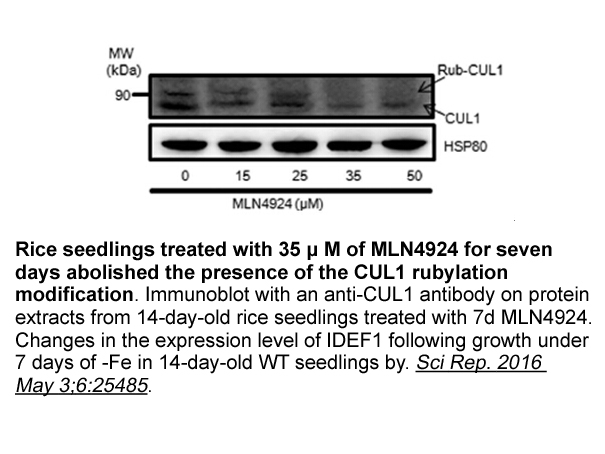Archives
Zhang et al screened three thousand compounds library and
Zhang et al. screened three thousand compounds library and found two active 3,5,6-substituted indolin-2-one molecules. Further, they designed various derivatives of this scaffold and among them compound 23 from the series was found active with 1.8 μM on Aurora-B kinase luminescent assay [53].
Jeffery et al. discovered that 6-aryl-azabenzimidaoles inhibited various kinases and Aurora-B was one of the them. Compound 24 was potent inhibitor of Aurora-B in in-vitro enzymatic study and showed IC50 value of 0.093 μM. 6-Bromo-azabenzimidazole group increased the selectivity towards Aurora-B over other kinases [54].
Renate et al. studied molecular modelling, docking, synthesis and cell-line screening of 2-anilino-4-(benzimidazol-2-yl)pyrimidine derivatives as multi-kinase inhibitor. The scaffold showed potent anti-proliferative activity towards various cancer cell lines. The best active compound 25 showed IC50 value of 3 μM on enzymatic kit. Further, compound 25 was checked on various cancer lines like MDA-MB-435, SW-620, CAKI-1 and MCF-7. The anti-proliferative activity with GI50 values in μM were 0.62, 0.93, 0.86 and 0.47, respectively [55].
Curtin et al. synthesized and studied SAR of thienopyrimidine urea derivatives. Compound 26 was found as the most potent against enzymatic panel of various kinases including KDR, Aurora-B, Flt-3, etc. It showed inhibitory activity below 50 nM against all kinases. Specifically on Aurora-B, kinase activity was examined using auto phosphorylation assay and compound 26 exhibited activity with IC50 value of 2 nM. Further, this compound was evaluated in-vitro on cell-line inhibition such as HT-1080 and leukaemia ABT263 and on in-vivo mouse tumor xenograft model. Activity showed cell line inhibition with IC50 value of 21 nM and 2 nM, respectively [56].
Walter et al. filed patent on most selective inhibitor Hesperadin, (27) which was first generation Aurora kinase inhibitor. It was an ATP-competitive inhibitor that target Aurora-B. In chromosome orientation process, it decreased stabilization of chromosomes by inhibiting pHH3 on Ser10. Compound 27 showed IC50 value of 250 nM and induced polyploidy in HeLa cells. It produced chromosome segregation and defected cytokinesis which lead to polyploidy of the cells. The indolinone moiety placed in the catalytic site and sulfonamide group at active site compete for binding with α-phosphate of ATP [57]. Hauf et al. reported study on mechanism of inhibition of Aurora-B by 27 and it demonstrated that nitrogen and oxygen atoms made H-bonds with main chain carbonyl and amide of Ala173 and Glu171, respectively [58], [59].
Nakamura et al. reported that SU6668 (28) was selectively inhibiting tyrosine kinases for anticancer activity. These kinases were involved in tumor vascularization. In-vitro experiments on Aurora-B inhibited with IC50 value of 47 nM. Compound 28 blocked reversible G2/M phase. Mainly it created defects in centrosome arrangement. It caused tumor regression in mouse xenograft model by spindle assembly check point [60], [61].
Aurora-A and Aurora-B small molecule inhibitors
Following section comprises molecules reported as Aurora-A and Aurora-B kinase inhibitors (Structure of compounds 29 to 56 are shown in Fig. 4).
Qin et al. synthesized 2,4-diaminopyrimidines and evaluated their anti-proliferation inhibition on cell cycle as well as Aurora kinase enzyme. Compound 29 showed IC50 values of 0.5–4.0 μM in various cancer cells. It observed more selectivity for Aurora-A over Aurora-B, with IC50 values 0.012 μM and 0.430 μM, respectively. Treatment upon HeLa cells with Compound 29 showed accumulation of cells in a dose-dependent manner in G2/M phase. After 12 h of treatment with 2 μM or 5 μM of 29, the percentages of cells in G2/M phase arrest were 33.2% and 43.5%, respectively, as compared with 10.2% in untreated cultures [62].
Cai et al. synthesized two series of novel 4-aminoquinazoline-urea derivatives and screened them all on various cancer cell line using MTT based WST-8 assay and Aurora-A and B kinase inhibition assay methods and found compound 30 as most potent in series. Compound 30 showed significant 50% inhibition ranging from 0.9 to 42 μM in various cancer cell lines. It also inhibited Aurora-A and B enzyme with IC50 of 61 and 172 nM, respectively. Docking study was also performed and it was found that compounds 30 bound strongly to the ATP-binding sites of Aurora-A and B [63].
μM and 0.430 μM, respectively. Treatment upon HeLa cells with Compound 29 showed accumulation of cells in a dose-dependent manner in G2/M phase. After 12 h of treatment with 2 μM or 5 μM of 29, the percentages of cells in G2/M phase arrest were 33.2% and 43.5%, respectively, as compared with 10.2% in untreated cultures [62].
Cai et al. synthesized two series of novel 4-aminoquinazoline-urea derivatives and screened them all on various cancer cell line using MTT based WST-8 assay and Aurora-A and B kinase inhibition assay methods and found compound 30 as most potent in series. Compound 30 showed significant 50% inhibition ranging from 0.9 to 42 μM in various cancer cell lines. It also inhibited Aurora-A and B enzyme with IC50 of 61 and 172 nM, respectively. Docking study was also performed and it was found that compounds 30 bound strongly to the ATP-binding sites of Aurora-A and B [63].